Author: Dave Banack
-
Korihor the Witch
Thou shalt not suffer a witch to live. (Ex. 22:18) I recently read Peter Charles Hoffer’s The Salem Witchcraft Trials: A Legal History (Univ. Press of Kansas, 1997). How could a bunch of dedicated Christians become convinced that their neighbors, some of whom were acknowledged to be fine citizens and exemplary Christians, were actually in…
-
“Come Back” — with some thoughts on why they left in the first place
A couple of weeks ago I taught Lesson #12 in the Howard W. Hunter manual, titled Come Back and Feast at the Table of the Lord. The title comes from Pres. Hunter’s remarks at the press conference given the day after he became President of the Church in 1994. I want to point out that…
-
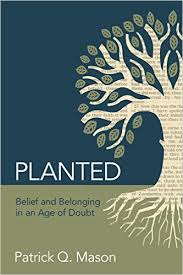
Thoughts on Planted: Apologetics in an Age of Doubt
Patrick Q. Mason’s Planted: Belief and Belonging in an Age of Doubt (2015) is the latest entry in the New Mormon Apologetics field. From the credits page: “This book is the result of a joint publishing effort by the Neal A. Maxwell Institute for Religious Scholarship and Deseret Book Company.” That is a promising partnership.…
-
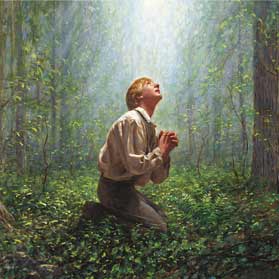
The New Harmonized First Vision Account
Sunday night, Elder Richard J. Maynes, of the Presidency of the Seventy, delivered a CES Devotional on the First Vision. In particular, he made explicit reference to the four first-person accounts of the First Vision authored by Joseph Smith that we have. [See the text of the four accounts at this handy page at the…
-

Calling All Millennials
The most interesting talk at UVU’s just-completed Mormonism and the Art of Boundary Maintenance Conference was by Jana Riess: “Mormon Millennials: Assimilation or Retrenchment?” Jana gave a preliminary report of research she is doing for a new book on the subject. She defined the Millennial generation as those born in the 80s or 90s. Others…
-
Conference Theme: No Trouble Here, Move Along
After a turbulent six months, many were expecting some bold declarations at this weekend’s General Conference. That did not come to pass. Just a few weeks ago, Elder Ballard directed CES teachers to stop teaching folklore, stop evading tough questions from students, and start reading publications by faithful LDS scholars. In his Saturday afternoon Conference…
-
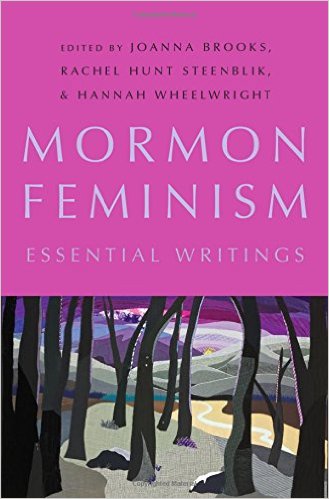
Review: Mormon Feminism: Essential Writings
I enjoyed reading Mormon Feminism: Essential Writings (OUP, 2016), a 300-page collection of articles and essays on Mormon feminism spanning the 1970s to the present. That I enjoyed it says a lot, as feminism isn’t really my thing. The editors (Joanna Brooks, Rachel Hunt Steenblik, and Hannah Wheelwright) did a great job not only selecting…
-
Elder Ballard on Building a Better Boat
In October 2014, Elder Ballard delivered his “Stay in the Boat” talk at General Conference, highlighting “faith crisis” as an emerging problem for members of the Church and likening it to white-water rapids. In October 2015, he followed up with “God Is at the Helm,” extending his metaphor and providing sage advice for how to…
-
An Americanized Gospel
A chatty post at the This Week in Mormons site, “Americanisms in a Global Mormon Church,” recounts a few of those Americanisms: Scouting, patriotic music in the LDS hymnal, women wearing (or not) pants to church. At a deeper level, the LDS Church has self-consciously embedded itself in the American myth. Consider “The Divinely Inspired…
-

Faith, Hope, and Charity in an Age of Doubt
Once upon a time, the topic of inoculation was all the rage in the Bloggernacle. Too late for that now; the epidemic is upon us and its primary symptom, doubt, has become a standard feature of LDS discourse. The latest discussion is Patrick Mason’s new book Planted: Belief and Belonging in an Age of Doubt,…
-
Modern Christology, Part 2
Having covered the general topic in my earlier post, I’m going to pull a few additional topics from a book by Jesuit scholar Gerald O’Collins: Christology: A Biblical, Historical, and Systematic Study of Jesus (OUP, 2d ed., 2009). As a Mormon writing for a largely Mormon set of readers, I’m naturally drawn to topics that…
-
Two Kinds of Mormons
Or maybe two kinds of Mormonism. Go read Boyd Peterson’s recent essay “Eugene England and the Future of Mormonism” and decide whether you are an England Mormon or a McConkie Mormon. Or whether you prefer England Mormonism or McConkie Mormonism. Or whether, if you were moving into a new ward, you would rather find Bishop…
-
Policy or Revelation?
Facebook is ablaze with dismay over statements made by Elder Russell M. Nelson in Sunday night’s Worldwide Devotional, titled “Becoming True Millennials.” Initially, when the details of the new provisions were first disclosed and when Elder Christofferson publicly defended them, they were simply portrayed as a policy. Now, many are suggesting Elder Nelson has declared…
-
Modern Christology
I recently read Alan Spence’s Christology: A Guide for the Perplexed, a short but very helpful discussion of the topic. I’m going to use it to reflect a bit on Mormon Christology, particularly as it relates to modern Christological commentary on and criticism of the doctrines that emerged from theological debates in the early Church.…
-
Changing of the Guard at Dialogue
Dialogue: A Journal of Mormon Thought gets a new editor every five or six years, and that time is now upon us. As a subscriber and supporter, I wanted to get a sense of where the incoming editor, Boyd Jay Petersen, is going to take the journal, so I bought a copy of his Dead…
-
How Technology is Changing the Church
At checkout on a recent visit to my favorite SLC bookstore, I was rewarded with a free book: After 150 Years: The Latter-day Saints in Sesquicentennial Perspective (Charles Redd Center for Western Studies, 1983). Loyalty has its perks. A bit dated at 32 years, but this chapter caught my eye: “Testimony and Technology,” by LDS…
-
All the Lights Were Red: Thinking About Reform in Mormonism
A funny thing happened on the way to the conference. On Saturday morning I was driving to the final day of the SMPT Conference held on the BYU Campus. I hit the main BYU intersection near the Marriott Center. My light was red. There were cars stopped at other approaches as well. Everyone was stopped.…
-
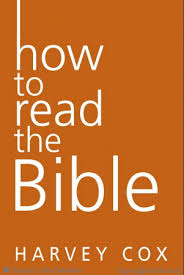
Reading Genesis
The latest entry in the how-to-read-the-Bible genre is How to Read the Bible (HarperOne, 2015) by Harvey Cox, a Harvard divinity prof who has been around since the sixties (his classic The Secular City was published in 1965). The first chapter is devoted to Genesis. He offers some helpful perspectives to go beyond simply plodding…
-
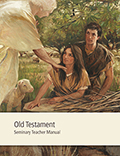
Teaching Genesis, Sort Of
A new year of LDS seminary is just starting up, and this year’s course of study is the Old Testament. The first week of lessons gives some Mormon framing: (1) an introduction to the Old Testament (it “contains images, symbols, and teachings about the Lord Jesus Christ” and “in the Old Testament, Jesus Christ is…
-
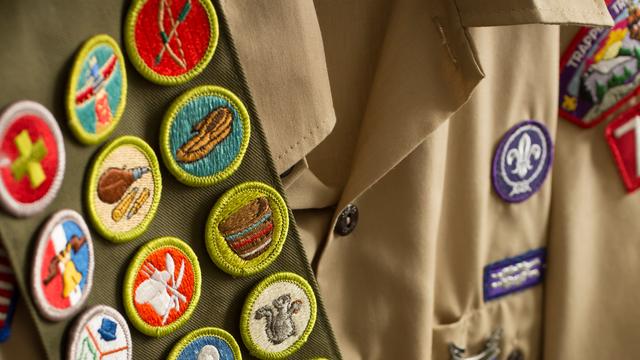
Church Sticks With BSA
At least for the moment, as announced in this statement posted at the Mormon Newsroom: “Church to Go Forward with Scouting Program.” So despite the sharply worded LDS statement released a month ago at the Newsroom expressing frustration with BSA for the timing and content of the decision to allow gay scout leaders to serve…
-
Seer Stones and the New Narrative
A week ago, the Church released a suddenly iconic photograph of Joseph Smith’s favorite seer stone, and also posted at LDS.org an article by three LDS historians, “Joseph the Seer,” to be published in the October 2015 Ensign. It seems clear that the image plus the content of the article are going to rewrite the…
-
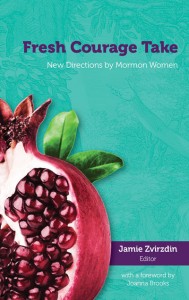
Review: Fresh Courage Take, or What It’s Like to Be a Mormon Woman
I recently read the new book Fresh Courage Take: New Directions by Mormon Women (Signature Books, 2015; publisher’s page), edited by Jamie Zvirdin with a foreward by Joanna Brooks. Twelve enlightening essays reflecting the plight, fight, and delight of being a Mormon woman circa 2015. You might ask: Not being a Mormon woman myself, who…
-
Mormons and Scouting: A Messy Divorce?
Mormons are talking about Scouting this week as the first significant aftershock of Obergefell v. Hodges rips through the LDS Church. It started with the July 27 announcement by the Boy Scouts of America (BSA) that its “National Executive Board ratified a resolution that removes the national restriction on openly gay adult leaders and employees.”…
-
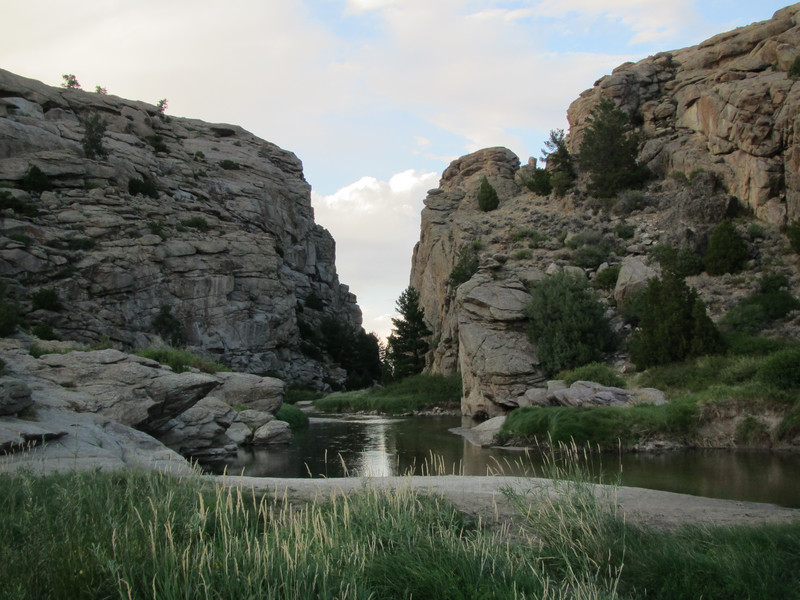
A Look at Life on the Trail
On a recent corner-to-corner drive across the state of Wyoming, I paralleled the Mormon Trail for about 200 miles: from where the trail intersects I-25 (about 80 miles north of Cheyenne), through Casper (site of the first Mormon ferry), along Wyoming 220 past Independence Rock, Devil’s Gate, and Martin’s Cove, then up US 287 past…
-
Selecting New Apostles
From the Salt Lake Tribune, a variety of reflections on the upcoming selection of two new apostles for the LDS Quorum of the Twelve. Many of those quoted in the article favor a pick that would advance ethnic or international or gender diversity. No one made the obvious prediction: a married white male from Utah…
-
Another Proclamation?
For the second week, LDS wards and branches in the USA and Canada were presented with the Letter over the signature of the First Presidency, the Statement over the title of the Council of the First Presidency and the Quorum of the Twelve Apostles of the Church of Jesus Christ of Latter-day Saints, and the…
-
A Letter From Salt Lake City
The Mormon Newsroom has posted a letter from the First Presidency to area and local leaders. This is unusual: generally letters from the First Presidency are read to members over the pulpit in sacrament meeting, where you hear it once (if you’re lucky) but do not get access to the written text for study or…
-
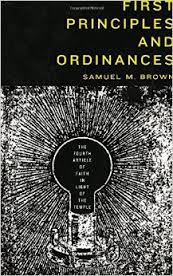
Review: First Principles and Ordinances
I’m going to say some nice things about Sam Brown’s First Principles and Ordinances: The Fourth Article of Faith in Light of the Temple, published in 2014 by the Neal A. Maxwell Institute. But first some background. This short book (153 pages of text) is part of the Maxwell Institute’s Living Faith series, which also…
-
On Staying or Straying
“The prophet will never lead the Church astray.” — Ezra Taft Benson, 1981. Discuss.
